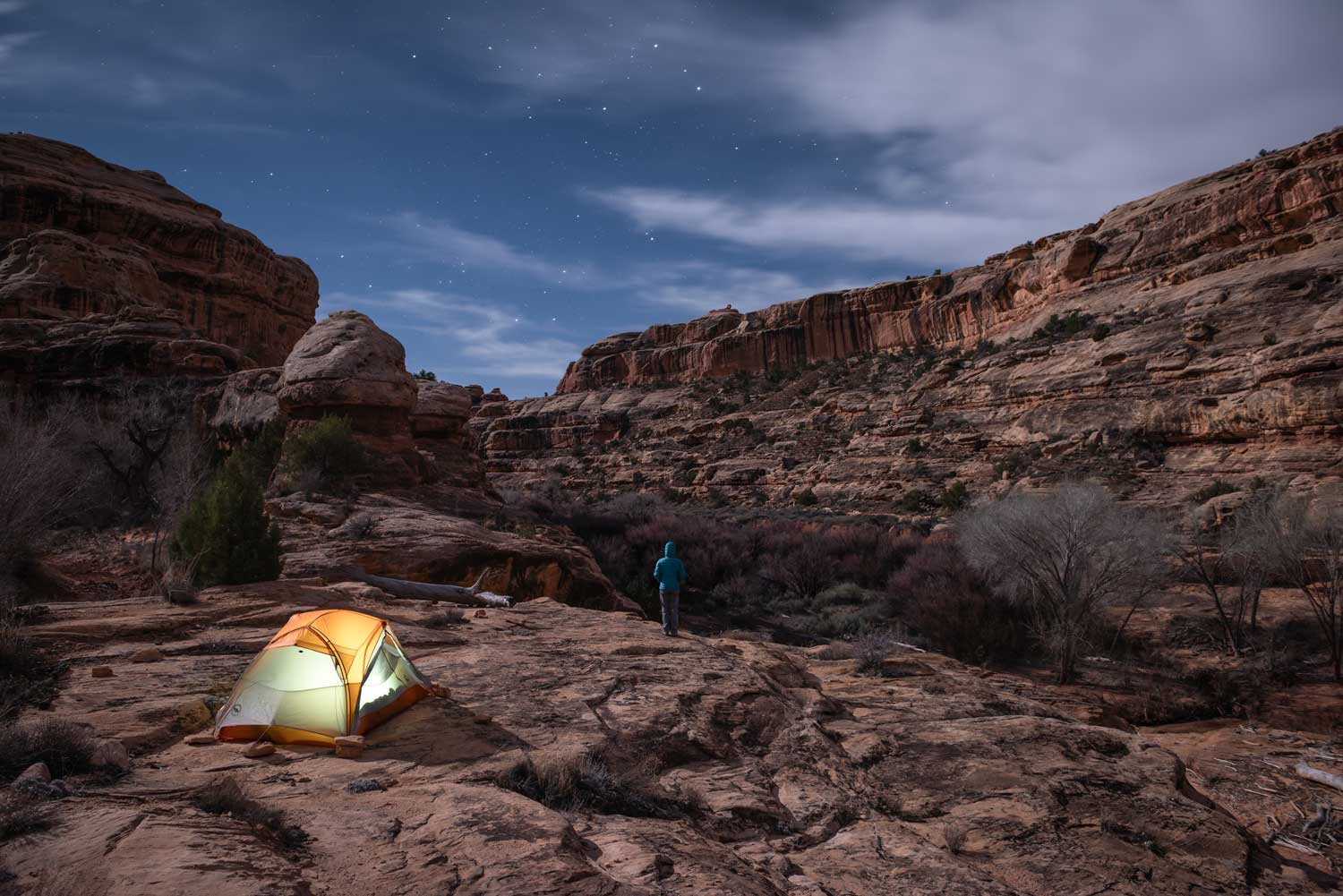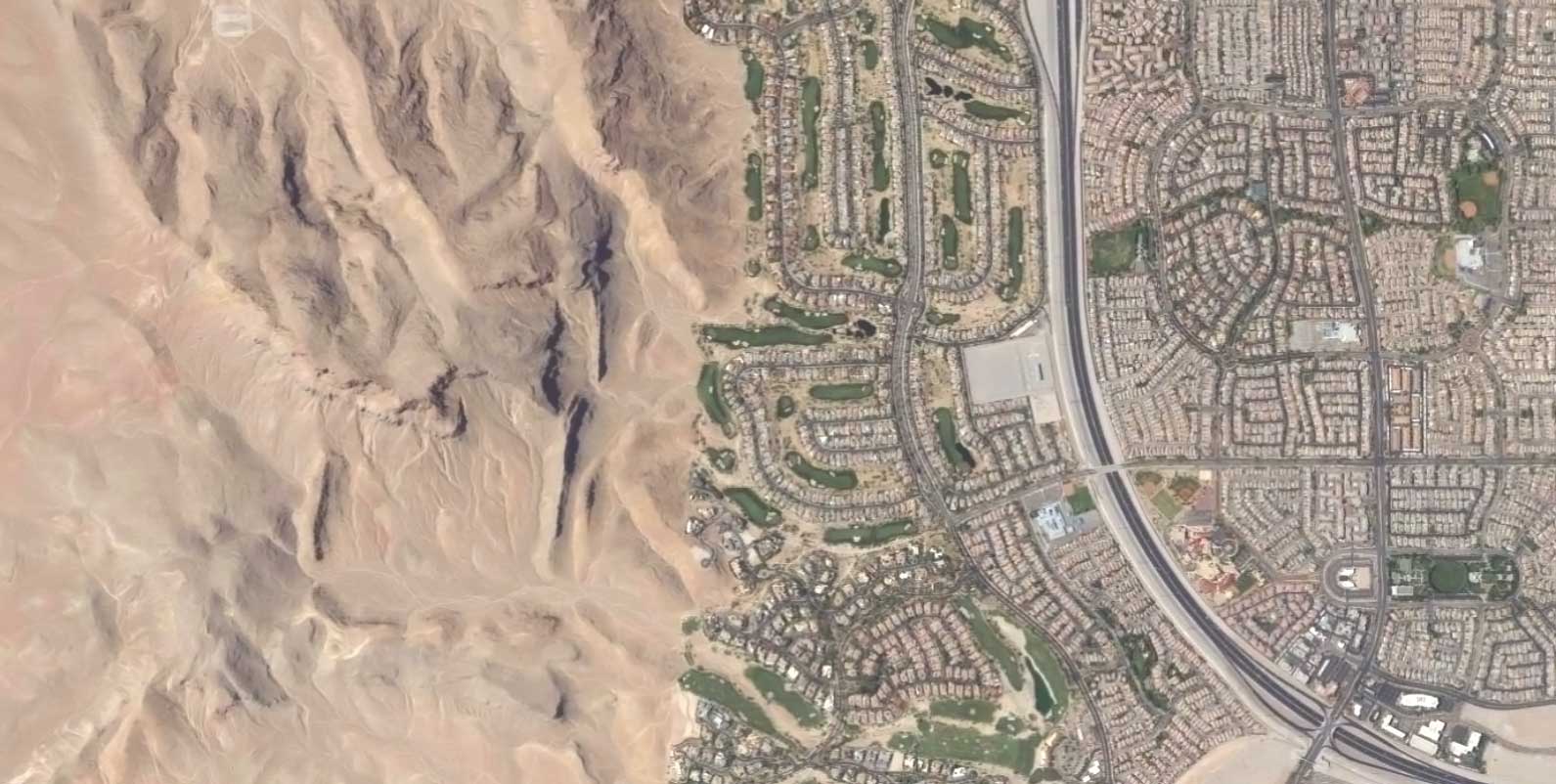9
Science affirms that wild places hold unique value: as habitat and refuge for wildlife, bastion of healthy ecosystems, and resources for community health and mental well-being. Join us in building a future where people and wild nature flourish together.
view all methods and more info
 Mason Cummings - Bears Ears National Monument, Utah
Mason Cummings - Bears Ears National Monument, Utah  Mason Cummings - Bears Ears National Monument, Utah
Mason Cummings - Bears Ears National Monument, Utah  USDA NAIP - Clark County, NV
USDA NAIP - Clark County, NV